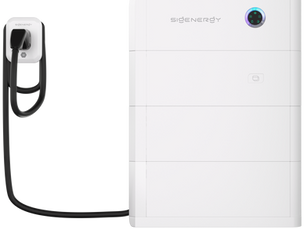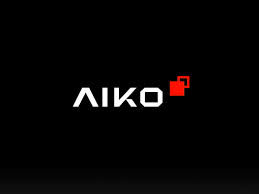Experience the Power of Solar
Makn Energy - Your Reliable Solar Solutions Provider
Solar Power Solutions
-
Proudly SA based, SA Owned
-
New Energy Tech Consumer Code (NETCC) Approved Seller.
-
Every Installation Matters! Experienced installers backed by our 15 years in the solar industry.
-
Leading Warranties to ensure our customers have peace of mind when choosing our service.
-
10 Years Workmanship Guarantee ensures that our customers receive the highest quality service.
-
Trusted brands & Quality Products that are built to last with at least 10 years inverter warranty and up to 30 years panel warranty to ensure reliability.


Commercial Solar Solutions
-
Tailored solar solutions for commercial properties.
-
Our team is dedicated to delivering high-quality solar installations and exceptional customer service to businesses of all sizes.
-
By using solar energy to power your business, you can take control your operating costs and reduce your carbon emissions, making your business more environmentally friendly.
-
Contact us today to schedule a personalized consultation and find the commercial solar system that's right for you.
Explore Our Work
Our Solar Projects
A Guide To Solar Energy
Aaron, Burnside
Thank you for the solar installation! I'm thrilled with Paul and his team; they did a fantastic job. My energy bills have dropped to almost nothing, and I couldn't be happier!
Lena, Virginia
Paul did an excellent job! I'm really pleased with the solar and battery installation.
Harold, Mitcham
Makn Energy upgraded my existing system by adding an extra 10kW, which means we no longer have any bills. I'm very pleased!






















_edited.jpg)






